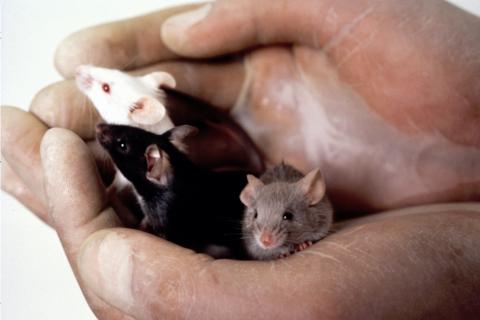Stop Vivisection: an information gap between citizens and authorities?

On June 3rd, the European Commission rejected the Stop Vivisection Initiative, which asked to abrogate Directive 2010/63/EU1 on the protection of animals used for scientific purposes and to put forward a new proposal aimed at phasing out the practice of animal experimentation, making compulsory the use - in biomedical and toxicological research - of data directly relevant for the human species.
This was much more than a simple motion. Thanks to a participatory legislative tool introduced in 2012, more than 1.2 million European citizens had signed for this Initiative. It is the new "right of initiative", which allows European citizens to "participate in the shaping of European policies". This is the reason why this fact regards ASSET as well, even if the issue of animal testing is out of project’s scope.
ASSET, as well, aims to involve all the components of society in preparedness towards infectious diseases, listening to opinions, problems and fears from the general public, and at the same time avoiding an abuse of top-down behaviour by experts and public health authorities. And this was the case with the Stop Vivisection Initiative. Common people were moved by animal-rights activists through stories of torture and violence, impressive pictures and videos, and the idea that alternative methods can substitute animal testing now, providing even more safety to patients. Suggesting that Big Pharma has a lot to earn by keeping the status quo was a further convincing argument. By these aspects, this movement is therefore similar to the one that calls against vaccines all over the world, claiming that they are useless, dangerous and provided only to guarantee industry’s revenues.
But are these claims true? Numbers, facts, graphs, tables and experts say no. As well as no serious scientist could say that today we can do without animals in toxicology and biomedical research. The word “vivisection” itself is inappropriate, since animal welfare in Europe, as well as in USA, is a main issue. The 3R rules (“Replace” the animals as soon as possible, “Reduce” their number as much as possible, “Refine” their treatment so that their conditions of life are the best possible) are implemented in each member state’s law. Any procedure, even drawing blood, requires anaesthetic.
European Commission members are well aware of that, since it took five years of passionate debate to get to the Directive 2010/63/EU, which now regulates this issue. They know that there is no more “vivisection”, meant as causing useless pain to animals, in Europe; they listened to Nobel prizes and other top scientists explaining how far we are from having alternative methods for all the phases of biomedical research; they are well aware of the big effort that both European Union and pharmaceutic industry are doing in order to provide new validated test to use instead of animals, since this would save not only animals’ lives, but also time and money.
There was therefore a gap in information between EC members and common citizens, mainly believing, in good faith, that animal testing is a useless cruelty. A condition similar to that of many parents, who are afraid of vaccinating their children against measles, even if the association with autism has been acknowledged as a fraud for many years.
Rebuilding trust needs listening, but providing people with correct information as well. Without forgetting the strength of emotions and how they affects perceptions and ideas, with both kitten and kids.
